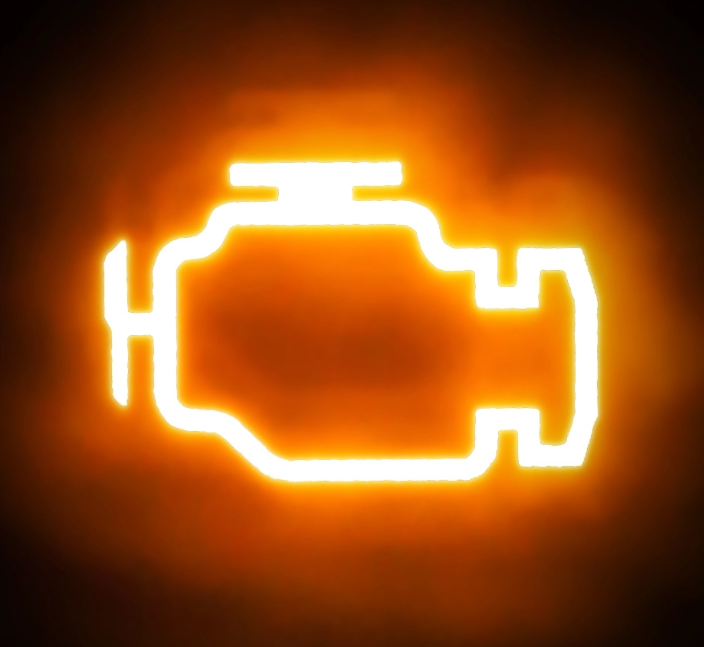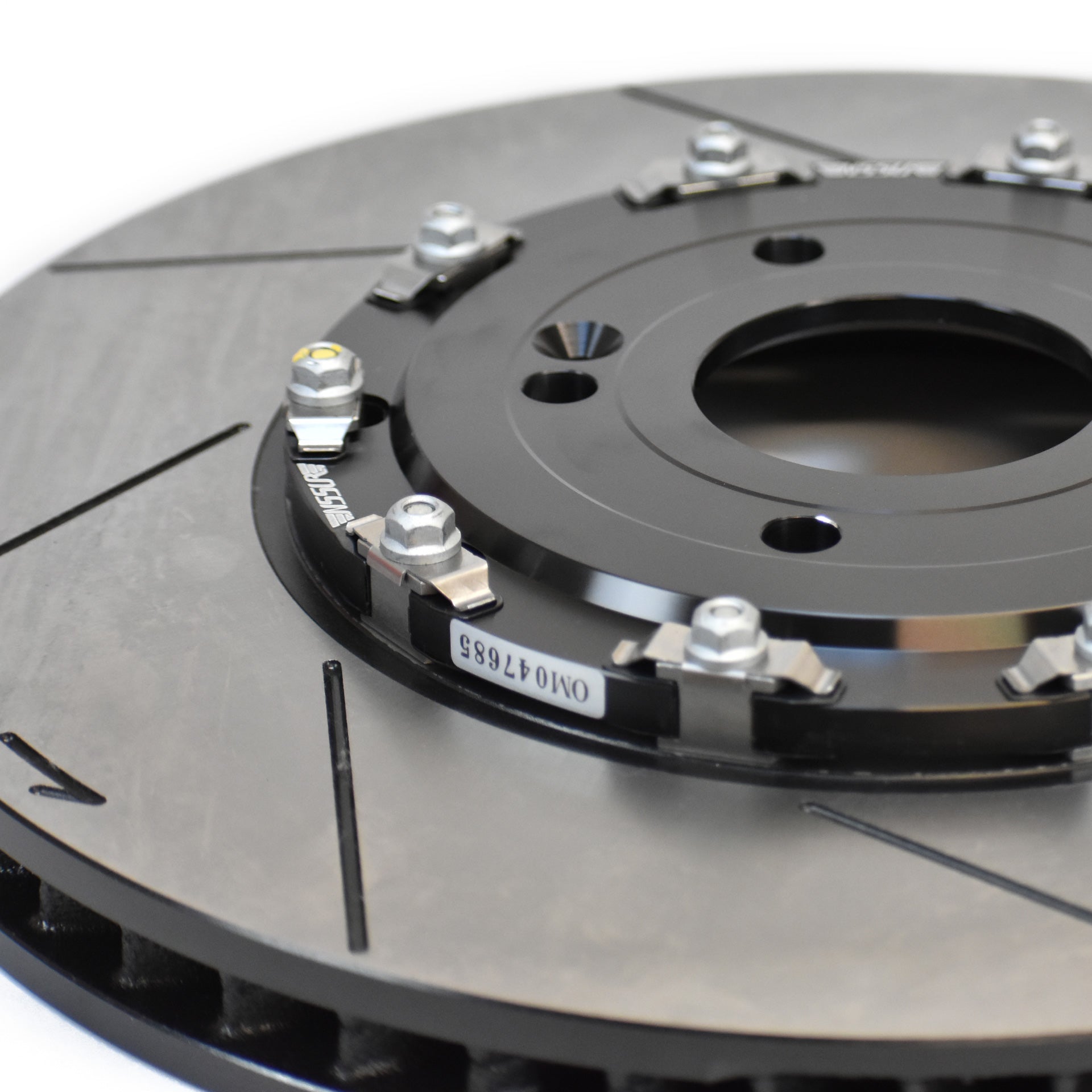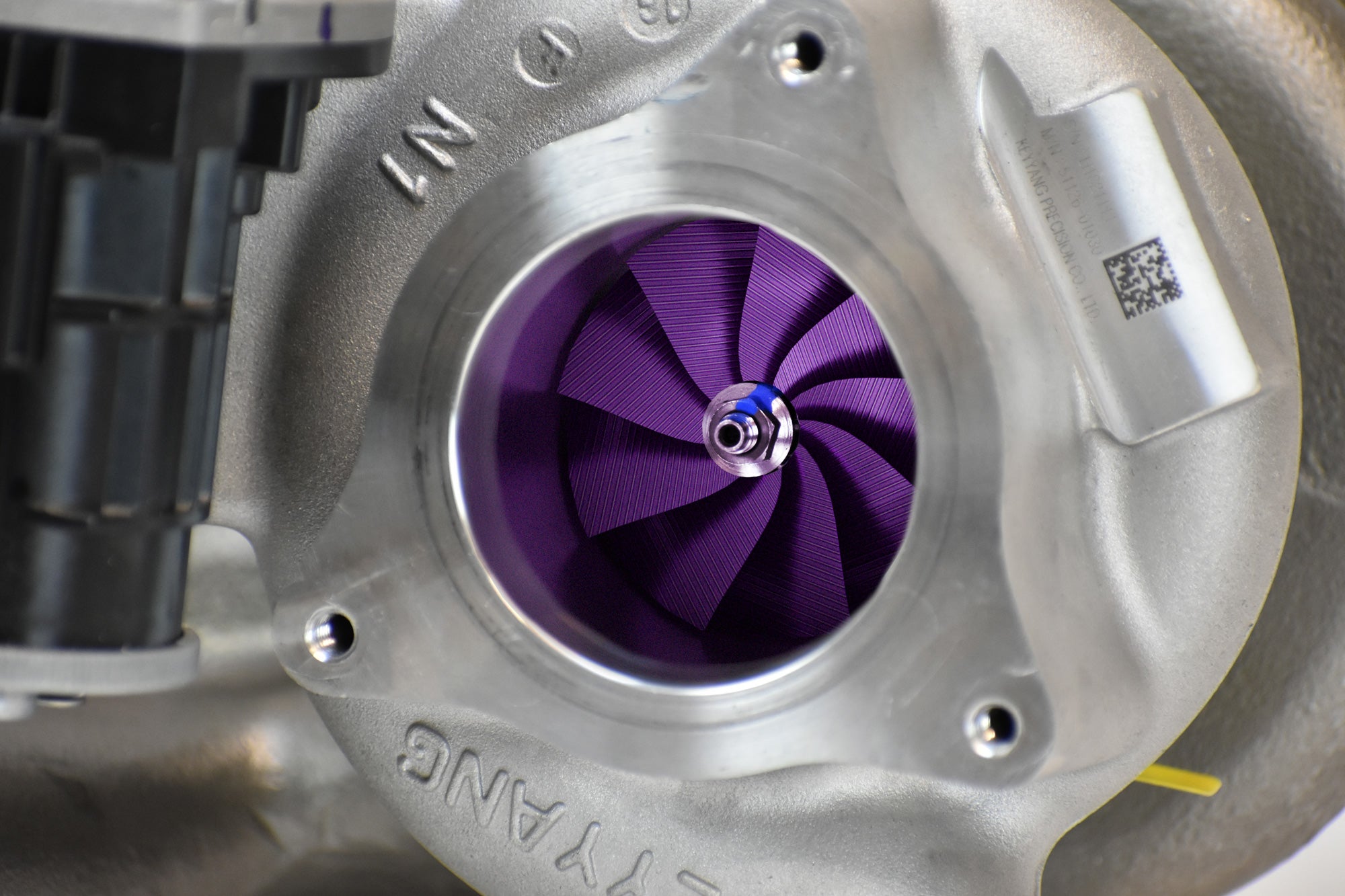As some of you all already know, aftermarket intakes currently out for the GR Corolla are allowing for a Check Engine Light for PCV Hose monitoring, P2C90.
I'd like to let everyone know how we tackled working with the sensitive PCV monitoring with the intake installed since it was first experienced by us and when it started popping up with intake manufacturers as their products hit the market.
We have delayed sending the few finished prototypes to promoters as we wanted this CEL problem solved.
Before we get to our solution, we'd like to give you an overview on the CEL code itself as this will shine some light on our approach to fix it.
P2C90 Overview
The official title for the P2C90 code is as follows:
Crankcase Ventilation System - Hose "A" Disconnected
There is a hose that runs from the turbo inlet pipe to the top of the valve cover. This hose allows air to go to and from the crankcase for crankcase ventilation.

There is a sensor just to the right of the hose entry into the valve cover. This sensor is called the "Vacuum Sensor Assembly" and it's job is to let the ECU know if the large PCV hose is clogged or disconnected. See the Factory Service Manual (going forward we will call this "FSM") excerpt below on the description of the CEL.

As explained in the diagram above, air flows both ways inside this system. The "fresh air" flow is during any engine vacuum condition like cruising or engine braking. The "blowby gas" occurs when the engine is getting boost from the turbo and the blowby gasses get sucked out by the turbocharger vacuum forces.
Next, we see the FSM describe how the Vacuum Sensor works. Here is the condition for which the CEL is triggered:
"The change in PCV pressure is less than the threshold value when the change in intake air flow for each bank is at or above the specified value (2 trip detection logic)."
The ECU/sensor are programmed to read pressure in this part of the PCV system. When airflow changes, pressure changes. There is a threshold value for the MINIMUM total amount of pressure change depending on the airflow condition.
Next, the FSM confirms the CEL trip detection description:
"If the change in PCV pressure does not exceed the threshold value in response to an increase in the intake air flow for each bank, it is determined that the hose is detached or damaged and a DTC is stored."
What is this value? The FSM states the minimum threshold value for total pressure change:
Cumulative value of PCV pressure integral:
|
Below 5 kPa(abs) [0.73 psi(abs)] |
Why the CEL then?
When you install an intake system that flows better than OEM, the pressure in the system changes. Unlucky for us, the pressure change within the system is just enough to get that differential change outside of the Vacuum Sensor threshold.
While we managed to gain power and torque with a more free flowing intake system, it did affect this other portion of the PCV system.
How did you fix it?
We actually tried quite a few things, including bypassing the PCV hose completely. Some things to help the total pressure change include:
- Changing the PCV hose itself with different internal diameters
- Changing the vacuum hose from the sensor to the valve cover with different internal diameters and lengths
- Connecting extra vacuum assist hoses to the sensor hose from other air sources
- Changing sensor air draw locations
Here is a picture of all the rubber 3D printed PCV hoses we designed with the stock hose for testing. The stock hose is the black hose in this photo. Every hose to the left of the stock hose has smaller internal diameter and every hose to the right has larger internal diameter!

With all of these methods not working initially, and without an Official Toyota ECU diagnostic tool, we purchased an AEM atmospheric pressure sensor and tapped the OEM Vacuum Sensor hose to try and get some logs of how air behaves in this system. Here it is hooked up in this picture. We wired this sensor directly to our DynoJet for datalogging. The FSM did tell us the OEM Vacuum Sensor has a live read out of data, which we WISH we could see. Unfortunately we tried our best without the Toyota unit.

Below, here is a screen capture of two dyno runs of the pressure recorded by the AEM sensor. These runs had part throttle accelerations repeated 10-15 times each. The red graph is the stock intake and the blue graph is the SXTH intake, with PCV system completely stock.
While the graph above is helpful, it doesn't tell us much. What also hurts here is we could not get the CEL to trigger on the dyno, when it could easily be triggered on the street. This lead us to two possible reasons:
- The dyno drum load was not enough to get the part throttle boost driving dynamic to trigger the CEL
- The installation of the aftermarket vacuum sensor effected the pressure in the system just enough to keep the OEM sensor happy and in operating range
We went with Number 2 and tried replicating the total distance of vacuum line used for testing with the OEM Vacuum sensor. See this example picture:

This method managed to delay the CEL a bit until we kept driving with more part throttle boost on/off frequently which introduces lots of pressure changes there. Unfortunately the pressure changes were below the specified amount, so the CEL was triggered. This test was repeated over multiple combinations of solutions outlined earlier without success.
So, what's left?
This ultimately lead us to combining the use of a different internal diameter PCV hose designed by us, and changing sensor measuring location.
Unlike some other advertised "fixes" that have been made public by other companies that bypass PCV monitoring with the sensor, our design keep this functionality if the hose was ever clogged or became disconnected.
At of the time of this blog post, the new PCV hoses are being manufactured and will ship separately to all pre-orders. In this CAD screenshot, you can see the new vacuum measuring location incorporated into the new PCV hose. We supply a vacuum cap for the original valve cover hook up location.

All SXTH Intake Pre-orders and all inventory going forward will have the necessary parts for a CEL free install and operating experience.
Thank you for the support and sticking thru this post until the end. We appreciate it!




Comments
My circuit edition has 140 miles on the odometer and I’m getting this code. Do you sell the hose by itself? Or is this something more serious because am still on the stick air box? Thanks ahead!
Appreciate all of the r&d you guys have done so far with this platform! I’ll be purchasing some parts pretty soon!
Please bill and send me the replacement part when available